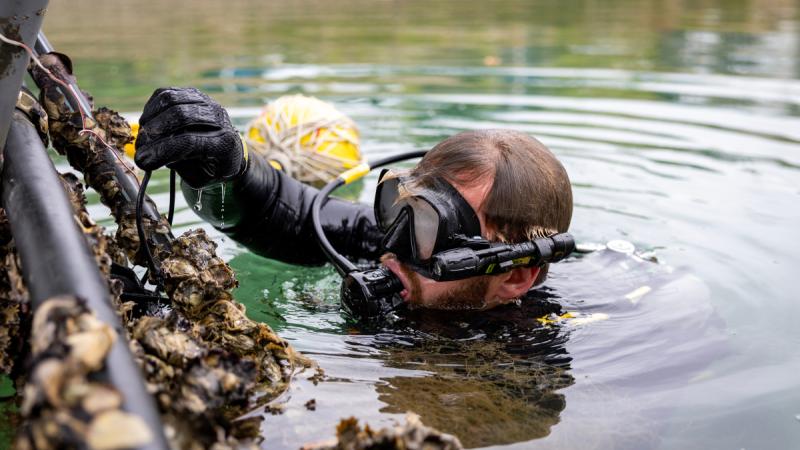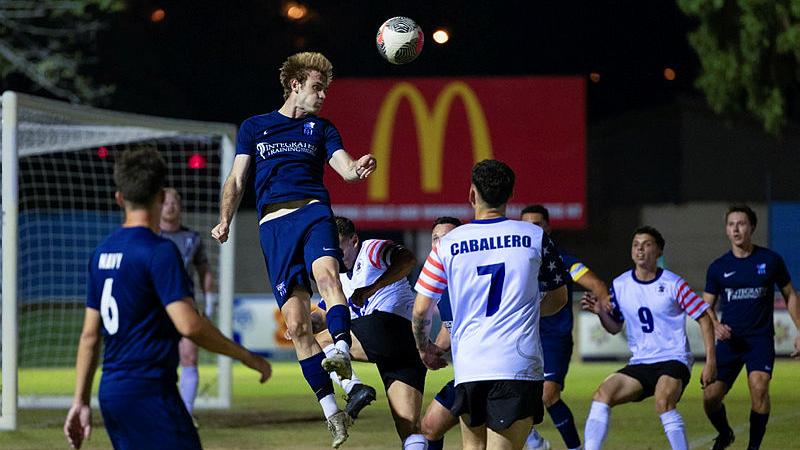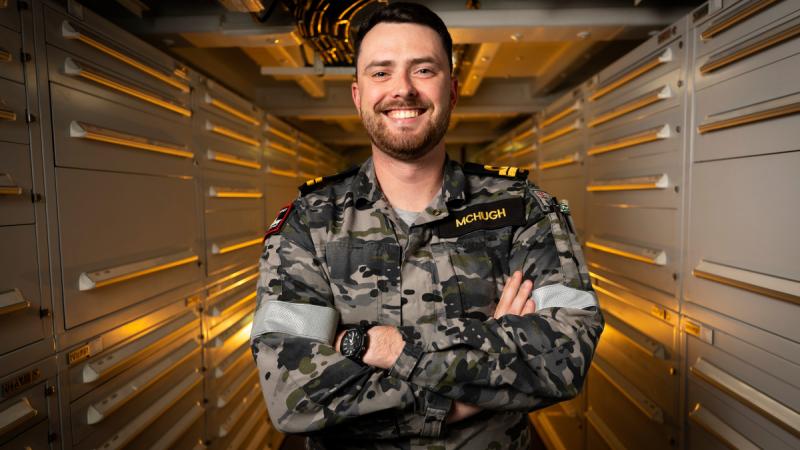15 September 2020
The Royal Australian Navy joined the Japan Maritime Self-Defense Force, South Korea Navy and United States Navy for three days of warfare exercises, involving 1500 personnel, eight ships, a submarine and aircraft.
HMA Ships Stuart and Arunta are participating in Exercise Pacific Vanguard off the coast of Guam as part of the Navy’s Regional Presence Deployment through the Pacific and South-East Asia.
Commanding Officer Stuart Commander Luke Ryan said the exercise on, September 11, was focused on the ability of the combined forces to respond to contingencies in the Indo-Pacific.
“Exercise Pacific Vanguard is an excellent opportunity for our four navies to refine our skills operating as an integrated force ready to respond to a changing and complex maritime environment in the region,” Commander Ryan said.
“Promoting greater levels of defence cooperation among key regional partners increases our coordination, understanding and communication when exercising and operating together.”
During Exercise Pacific Vanguard, forces are practising a wide range of naval competencies, including combined manoeuvres, surface warfare, live-fire exercises, anti-submarine warfare and replenishments at sea.
Japanese Ships Ashigara and Ise, and South Korean Navy Ships Chungmugong Yi Sun-sin and Seoae Ryu Seong-ryong are also taking part.
From the United States, USS Barry, USNS John Ericson, a Los Angeles-class fast-attack submarine, and P-8 Patrol squadrons are also participating.
This is the third iteration of Exercise Pacific Vanguard.
Commanding Officer Barry Commander Christopher A. Gahl said Pacific Vanguard was a good opportunity for the combined forces to refine their skills.
Promoting greater levels of defence cooperation among key regional partners increases our coordination, understanding and communication when exercising and operating together.
“The United States, along with allies and partners, is committed to preserving stability and freedom of access to the global commons,” Commander Gahl said.
“Participation in Pacific Vanguard provides realistic, relevant training that fosters each nation's abilities to plan, communicate and conduct complex maritime operations together, at sea."
Commodore Maritime Task Squadron 71 of South Korea, Navy Captain Kim Sung Hwan, said he looked forward to seeing the enhancement of combined operational capabilities during the exercise.
“It will serve as an opportunity to strengthen joint response capabilities for various security situations by building up the friendship and coordination system between participating nations," Captain Hwan said.
Commander-in-Chief Self Defense Fleet Japan Maritime Self Defense Force, Vice Admiral Yuasa Hideki, concurred.
“It is truly invaluable that the navies of four countries get together again in Guam to participate in Pacific Vanguard under the difficult time we all face during COVID-19,” Vice Admiral Hideki said.
“I strongly believe that our enhanced cooperation will certainly contribute to peace and stability in the Western Pacific as well as furthering our partnership.”
A five-ship task group departed Australia on the Regional Presence Deployment in July to conduct maritime exercises with other nations in South-East Asia and the Pacific.
Commander of the Australian Task Group Captain Phillipa Hay said Exercise Pacific Vanguard provided a significant opportunity to work with regional partners on complex warfighting skills.
“The exercise strengthens an already solid relationship between the Royal Australian Navy, Japan Maritime Self-Defense Force, South Korea Navy and United States Navy, increasing our ability to contribute to the peace and stability of the Indo-Pacific,” Captain Hay said.


